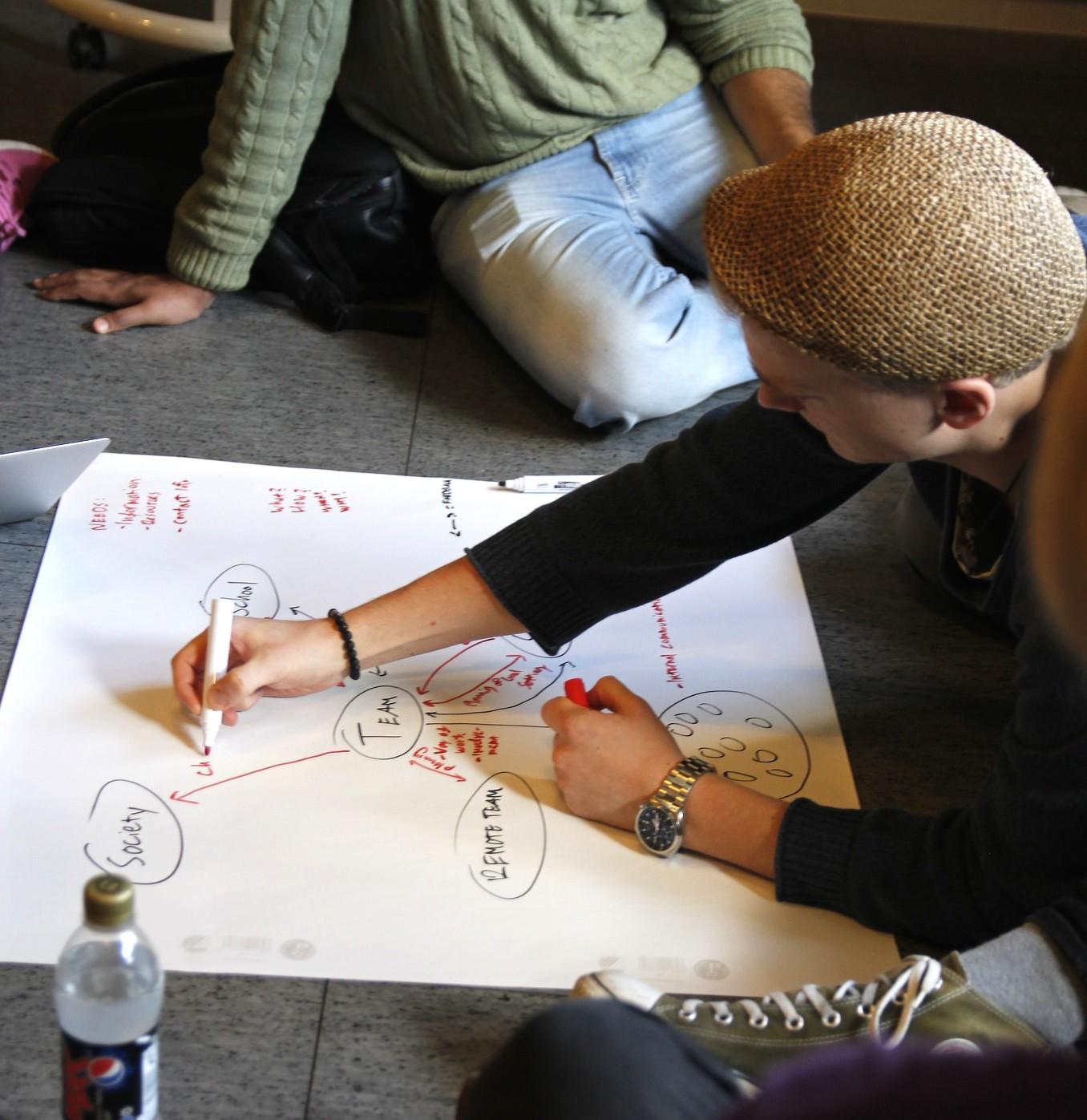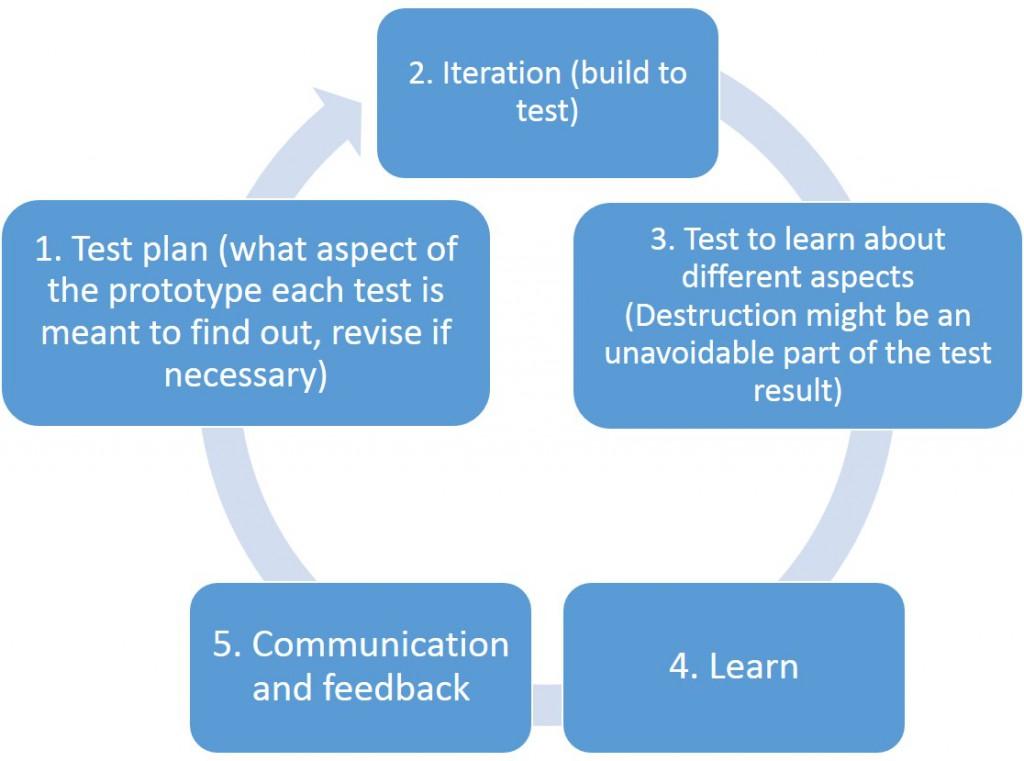Series part 6: Prototyping, failing, and learning
An integral part of Project-Based Learning is prototype-making. Making prototypes are a useful learning tool that provides a common language for students with different academic and cultural backgrounds, and allows the creation process to advance faster by providing a physical object that clarifies the students’ abstract ideas, and makes it easier to explain and communicate to others.
Series part 6: Prototyping, failing, and learning
An integral part of Project-Based Learning is prototype-making. Making prototypes are a useful learning tool that provides a common language for students with different academic and cultural backgrounds, and allows the creation process to advance faster by providing a physical object that clarifies the students’ abstract ideas, and makes it easier to explain and communicate to others.
It is not unusual, though, for the first prototypes to fail. However, the way to approach initial failure is a valuable learning experience in itself. After working on a prototype that ends up not working, does the student end up with “nothing” or with valuable information about what went wrong in order to try again, or try something different? Something better?
ADF ways of working stresses “Fail fast”. This means that experimentation is necessary to quickly see what works and what doesn’t. Initial failures are sometimes a result of this experimentation and prototyping, but which the students can use to correct and try again.
”If at first you don’t succeed, try and try again”.
In order to see the results of failed prototyping in this more constructive light, there needs to be a radical change in the way that failure in the classroom is regarded, especially by the students. The teacher, as a facilitator, can provide the necessary support in the student’s learning experience, by explaining the prototyping and occasional failing as a normal, even necessary part of the learning experience. This is why creating a safe and supporting environment for risk-taking is so important.
Saurabh Ingale, a former PDP student and current Master’s thesis researcher, offers a better understanding of the prototyping process itself, presenting it as an iterative, evolving process, in which learning is an essential component.
In project work, teams must define what a prototype means. In this case, students can test different aspects of an idea, for example aesthetics, mechanism, the user experience, strength resistance, etc.
Making a test plan can be a very handy tool for project planning, and can be included in the project plan. It helps to find out important information, such as, what are the skills needed in the team.
For more detailed information about prototyping and making test plans, contact Saurabh.ingale@aalto.fi, or download our Prototyping guide.
Series Part 1: Introduction to ADF ways of working
Series Part 2: The environment
Series Part 5: The role of the teacher
Series Part 6: Prototyping, Failing and Learning
Series Part 7: The successful student and the role of university education
 Aalto DF
Aalto DF
